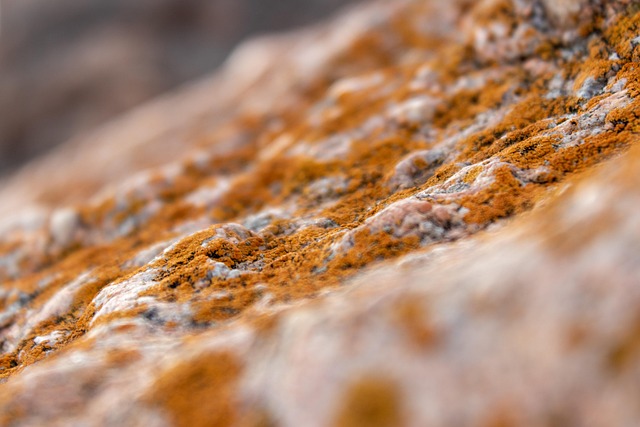Desertification is one of the most pressing challenges of our time, often overlooked in the discussions surrounding climate change and environmental degradation. As fertile lands succumb to the relentless advance of arid deserts, the loss of biodiversity and the displacement of communities become ever more pronounced. In this grim scenario, microorganisms emerge as unsung heroes, offering a glimmer of hope in the fight against this ecological crisis.
Microorganisms, such as bacteria, fungi, and protozoa, play vital roles within the soil ecosystem. They are not merely invisible entities; they are the backbone of soil health, serving as natural recyclers that break down organic matter and release essential nutrients back into the soil. This process enhances soil structure, boosts its fertility, and ultimately promotes plant growth, which is crucial for combating desertification.
As climate change leads to increasingly unpredictable weather patterns, including prolonged droughts and more intense storms, the resilience of soil becomes paramount. Healthy soil, enriched with a diverse array of microorganisms, can better retain moisture and withstand extreme conditions. Research has shown that areas rich in microbial life are more capable of recovering from dry spells, allowing vegetation to flourish where it might otherwise wither away.
Furthermore, specific microorganisms have demonstrated the ability to improve soil carbon sequestration—the process by which carbon dioxide is captured and stored in soil. By fostering these microbial communities, we can not only mitigate the effects of climate change but also enhance the land’s capacity to support life. For instance, certain fungi form symbiotic relationships with plants, aiding in nutrient absorption while simultaneously sequestering carbon, creating a dual benefit that contributes significantly to restoring degraded lands.
In addition to their ecological roles, microorganisms can also serve as indicators of environmental health. Observing changes in microbial diversity and abundance can provide insights into soil degradation, helping communities monitor the health of their land and implement timely interventions. Through education and sustainable practices, people can learn how to nurture these microscopic allies, effectively turning the tide against desertification.
The fight against desertification does not have to be a solitary struggle; it can be a collective effort that brings communities together in rewilding their landscapes. By adopting regenerative agricultural practices that bolster the health of the soil and its microorganisms, individuals and societies can create resilient ecosystems. Techniques such as cover cropping, reduced tillage, and composting not only enhance biodiversity but also restore the delicate balance of life that exists beneath our feet.
As we witness the consequences of climate change manifesting in our environment, it’s clear that every organism, no matter how small, has a role to play in our future. The story of microorganisms illustrates that the solutions to big problems can come from the tiniest of allies. By embracing the power of these microscopic agents, we can generate significant change, rejuvenate our landscapes, and safeguard the planet for generations to come.


